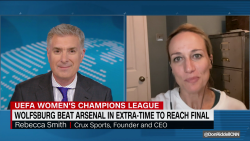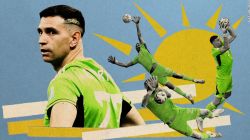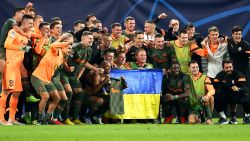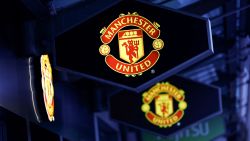Story highlights
Football shirts have come to symbolize moments in history
Some kit colors have historical, political or geographical meaning
For Russia 2018, Adidas has paid homage to the past
World Cups not only showcase the world’s finest players but some of the best and worst football kits in history.
However, designing an international football uniform is no easy feat.
Kits are made to represent not just the identity of the team, but fully encapsulate everything the nation is – both past and present.
Manufacturers spend months researching and designing how a team’s shirt, shorts and socks should look, and what the kit should represent.
Dreaming up a design is more than just using the country’s national colors. While some countries use the colors from their flags, others use colors that have historical, political or geographical meaning.
Unforgettable football shirt designs
“The identity of the team has to shine,” John Devlin, expert in football kit design and author of International Football Kits (True Colours), tells CNN Sport.
“But what you also have to do, from my point of view, to create a truly great kit design, you have to acknowledge heritage and tradition.
“You have to embrace that but it’s vital that it’s modern and it’s contemporary and it’s rendered in a way that speaks the language of the time.”
With that comes massive responsibility for the manufacturers behind the designs, such as Adidas, Puma, Nike, Umbro and Hummel. While many are good, the World Cup certainly hasn’t been without the occasional controversial or eye-watering design.
READ: Russia 2018 – who qualified and who missed out

Symbolic of moments in history
“It’s a subjective thing, football shirts. Some people look at something and say it’s beautiful while other people will say it’s shocking,” says Doug Bierton, who co-founded Classic Football Shirts, the world’s largest collection of original kit.
And while it’s a subjective thing, over time the shirts – whether good or bad – become symbolic of moments in history. They often remind fans of unforgettable World Cup moments, not just on the pitch, but also in their personal lives.
READ: The start of a new era for Serbian football

“Every shirt means something to somebody, whether it was their first match or just specific memories,” Bierton tells CNN Sport.
“The World Cup’s a good reference point because it’s once every four years and four years is quite a life-changing amount of time.
“By seeing the shirt, you can remember that match … it’s a visualization of that memory, it comes back just like that.”
The Netherlands, 1988
One of those unforgettable shirts was worn by the Netherlands.
Always dressed in a shade of unapologetic orange – a nod to their royal family – many football fans will remember the team’s loud and geometric Adidas kit from the UEFA European Championships in 1988.

“I think at the time it was just so radically different,” Devlin says.
“I remember I was 18 or 19 and I had a great love of kits and I thought, ‘Blimey, what is going on here?’ It was really shocking but somehow it was so outrageous it kind of lured you in.
“The design was so strong and so innovative, it was really brave to go for something like that.”
The Netherlands isn’t the only team to wear the design over the years, but the shirt has forever been immortalized as one of the most iconic in history because of what was accomplished in it, including the moment Marco van Basten scored one of the greatest goals in history during the final against the Soviet Union.
“They only wore it in that championship, and it’s like bands that split up and never reform, it became immortalized and it ended and it became a legend,” Devlin adds.
Germany, 1988-1991
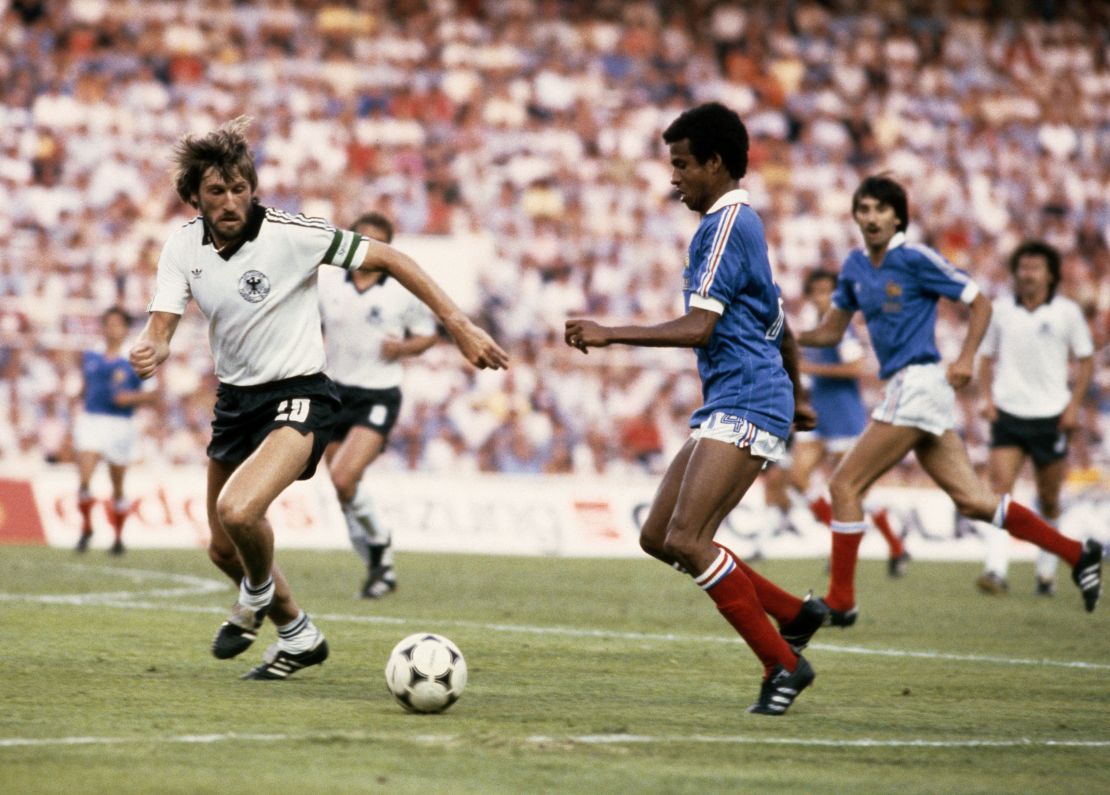
Historically, Germany has often worn a simplistic black and white home kit – colors derived from the flag of Prussia, a former state in Northern Europe which was a great power in the 18th century.
However, during the 1980s, the colors of Germany’s flag started creeping into designs and its kit was “elevated to a new level of beauty,” as Devlin writes in his book. It was then that one of the most famous kits of all time was created: Adidas’ patriotic West Germany kit from when the country hosted Euro ’88.
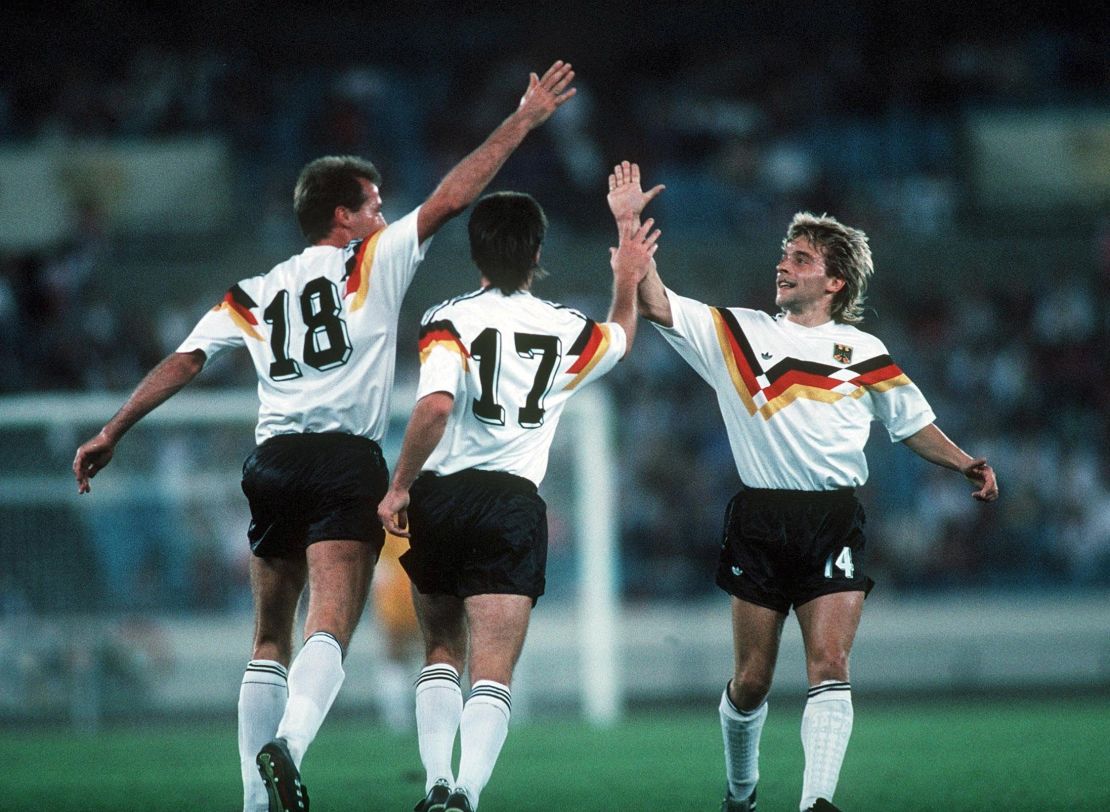
While the shirt didn’t get the Germans to the final, it made up for it two years later when they won the 1990 World Cup against Argentina – their third World Cup win. That alone made it an unforgettable kit, but it was also the one worn during the first unified Germany match.
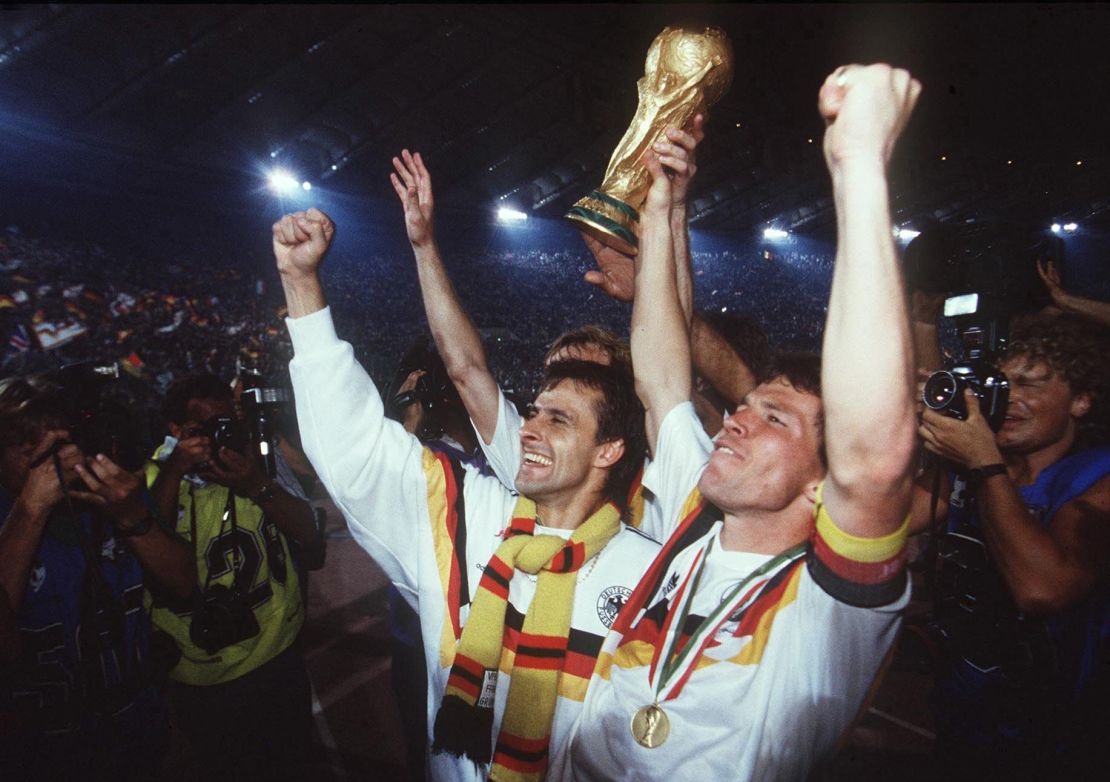
“Again, it was just so radically different. Beckenbauer, the manager at the time, said he wanted to get the German flag colors within the kit. But to do that, to really emblazon the flag across the shirt, was unlike anything else,” Devlin says.
“Adidas were on fire at the time and it was a brave, bold move. It almost set the trend for the way things were going to go.
“When you talk about the Dutch and the German kits, it was quite a risky strategy but Adidas pulled it off. It was done with real class and attention to detail, they cracked it but there’s a lot of teams that don’t – they either try too hard or it just doesn’t work.”

The Germany shirt’s basic design will make a comeback at this year’s World Cup, except this time in monochrome. Perhaps it’s an attempt to create a good omen in Russia.
Brazil
Over time, Brazil’s canary yellow kit has become an instant symbol of not only the country, but football.
As Devlin writes in his book, “when it comes to colors that encapsulate excellence and glamor in football, the palette of yellow, green, blue and white – the colors of Brazil – is often the first to spring to mind.”

Those weren’t always the colors of Brazil, but in 1953 a competition was published in the now defunct Correio da Manha newspaper to create a new team kit that reflected Brazil’s nationality – using the colors of its national flag. Green, representing the country’s abundant fields and forests, gold for the country’s raw wealth and the blue celestial globe representing the night sky over Brazil.
The shirt reminds fans of some of football’s greatest ever players – from Pele, Garrincha and Zico to Ronaldo, Ronaldinho and Neymar.

READ: World Cup draw: Ronaldo to face familiar foes as Portugal lands Spain
England, 1966
What makes England’s kit unique is that the team looks just as comfortable in their traditional red away shirt as they do in their first choice of white, Devlin says.
“With England it’s almost like a dual personality. They can still retain their identity – they’re very fortunate that they’ve got that two kit approach,” he adds.
In 1966 the red kit entered folklore after England wore it to win the World Cup against West Germany. It has influenced many England designs since.

“For an England fan to see the team winning it in red, it can’t help but be anchored firmly in the team’s palette,” says Devlin.
“That success becomes that missing ingredient, so if you have success in the shirt that helps it becomes iconic and that’s what happened.”
This year in Russia, England will wear a similar design to that of 1966, again with the hope that success rubs off.
Croatia, 1998
Then there’s Croatia’s famous red and white checkered kit – instantly recognizable and unlike any other in the footballing world.

While every kit has incorporated the design – based off the Croatian coat of arms, the sahovnica – the 1998 kit that was designed by Lotto is particularly remembered among fans.
Not just for being the kit the young country wore to third place in its first World Cup, but also for encapsulating the unforgettable play of Davor Suker who went on to win the Golden Boot after scoring six goals in seven matches.
Cameroon’s infamous body suit
Over the years, some kits have been banned because of designs stepping over the boundaries of FIFA’s strict rules set out in its 104-page Equipment Regulation guide
That includes Puma’s full body suit worn by Cameroon in the 2004 African Cup of Nations.

FIFA said it was illegal not to separate the shirts and shorts and banned the suit. Cameroon ignored the order and played in it again during the quarterfinal against Nigeria – leading to a six-point deduction for its 2006 World Cup qualifying campaign and a $154,000 fine.
While Puma took FIFA to court and the points were restored, FIFA’s ban was upheld, and the one-piece was never seen on the field again. It wasn’t the first time Puma and Cameroon bent the rules – in 2002 the team also tried wearing sleeveless vests, which then had to have sleeves sewed on.
Paying homage this year in Russia
These are the teams that will play at the Russia 2018 World Cup
Sportswear manufacturer Adidas has been behind many of the most striking designs, which have become “true icons in the soccer world,” said senior design director Juergen Rank in a statement.
The company, he says, wants to “celebrate those icons in the world of today,” and so many of Adidas’ designs this year pay homage to the past with retro-influenced kits.
“(Fans) have a desire for authenticity and progression,” says Rank. “They want something they immediately can identify with but at the same time it needs to contain the latest innovations and technologies of today. We bring the needs for the players and fans together.”
The design for Spain’s kit this year, for instance, pays tribute to one of the nation’s most famous shirts from the 1994 US World Cup.
READ: David Villa: ‘Spain has everything to take another World Cup’

While that year wasn’t the most successful in Spain’s history, the shirt, featuring three stripes made up of yellow and navy diamonds, was unique and was worn by the likes of Pep Guardiola, Miquel Nadal and Luis Enrique.
This year Adidas has brought it back to life – though not without controversy.

This year’s kit has incorporated red into the stripes which sit closer together, causing a possible optical illusion which makes the navy appear purple. Some have argued it resembles the republican flag – used by anti-monarchists. However, Spanish officials insist there is no intended link.
Another throwback is Belgium’s kit.

Through the decades Belgium’s kit has been designed by many manufacturers but Devlin says that Adidas is the firm that has arguably dressed the side with the most style. The country’s red, black and yellow argyle design across a white panel from the European Championship in 1984 has gone down in history as one of the best – thanks to its unusual design.

This year it returns, but without the white panel.
But Devlin says the shirt is proof that a great-looking kit doesn’t always inspire a great performance after Belgium suffered an embarrassing 5-0 defeat by France.
READ: Rewriting football history – with the help of VAR
Inspiring millions - both players and fans
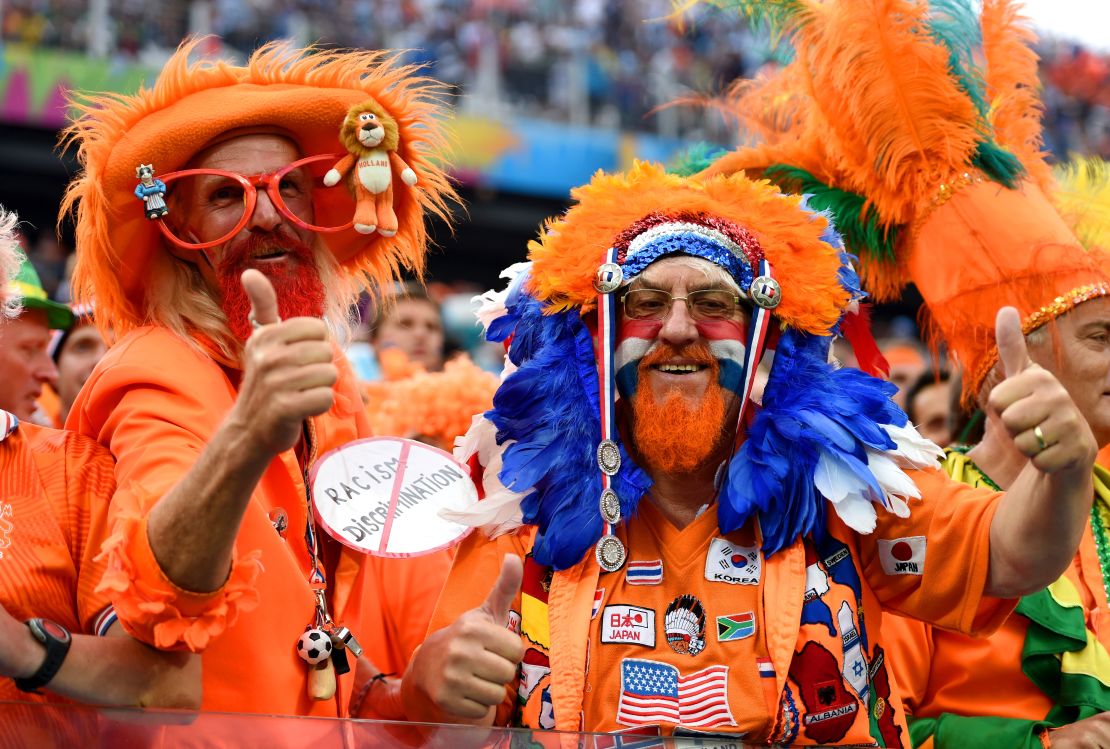
Not only do good designs boost player confidence and inspire fans, shirts can also unite nations, according to Devlin.
“(Kits bring) international pride. It’s something that the whole country can get involved with and when the team is doing well and there’s a buzz around football, you see football shirts everywhere,” he says.
“It’s an incredibly powerful tool to unite the country.”


